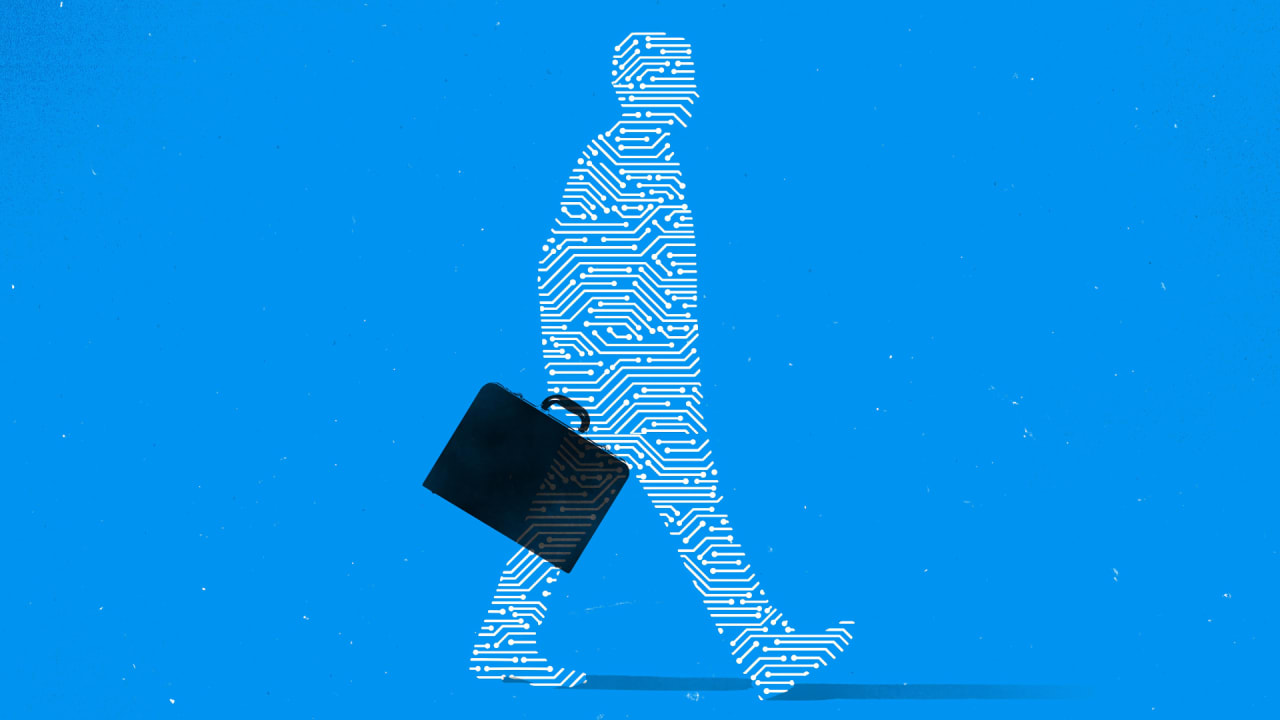This simple change could make NYC’s subway feel safer
In recent months, the New York City subway system has seen a string of shocking and deadly incidents of violence, including several passengers who have been shoved from the platform into the paths of moving trains. A recent report finds that misdemeanor and felony assaults within the subway system have tripled since 2009. For everyday riders and visitors alike, there is now a lurking fear that their next trip on the subway could be dangerous. Many, including the governor of New York, are seeking solutions, which range from adding more police presence to increasing surveillance to installing more lighting to combatting fare evasion. But there’s another approach that could go a long way to improving security and safety in the subway system. Through specific and targeted design interventions, the subway system itself could be retrofitted to reduce violent crime. This is one of the conclusions of What To Do (and Not To Do) About Subway Safety, a new set of policy recommendations from the urban policy journal Vital City. Based on input and research from criminologists, behavioral scientists, transit experts, and policy wonks, the recommendations include focusing on mental health and substance abuse among users of the system, increasing access to social workers, and using police forces more strategically. [Image: courtesy WXY] Claire Weisz, cofounder of the architecture and design studio WXY, contributed to the report with ideas for design interventions that could increase a sense of security and comfort for subway riders. These design ideas include improving sight lines within the system’s underground stations, increasing visibility between passengers, and reducing dead ends and other areas that can isolate people. Rather than calling for a wide scale and expensive investment in safety infrastructure like Japanese-style platform barriers, the design ideas proposed here are lower lift interventions. The standout design idea from Weisz and WXY is the addition of highly reflective surfaces throughout subway stations. Lining ceilings, walls, and even the areas right above the edge of the platform, these shiny surfaces passively increase visibility, spatial awareness, and navigation within the sometimes circuitous underground world of a subway station. A current interior (left) and a render of proposed revisions (right) [Images: courtesy WXY] “Mirrors or mirror-like surfaces, which could be stainless steel, in the right places can actually help people see around columns, see down hallways, see around corners, but also get a sense that I’m getting closer towards an exit, or I’m getting farther away, or here’s where a platform is,” Weisz says. “Right now, there isn’t kind of intuitive wayfinding.” [Image: courtesy WXY] Reflective surfaces can also increase a sense of security. Directly influenced by the violent shoving incidents that have been happening in recent months, the subway design interventions feature a curved reflective surface just overhead of the tracks, called a soffit. This gives people standing and waiting for trains the ability to catch glimpses of their surroundings without having to look behind their backs. “When you’re standing and waiting for the subway, you can see other people,” Weisz says. The soffit also visually tightens the station interior, making it feel more compact. “It closes down the space between the platform and the third rail on the tracks, so that you’re not as open to the whole track.” [Image: courtesy WXY] The idea behind these reflective surfaces comes from the world of hotel design, Weisz says. Hotel hallways and elevators are commonly outfitted with mirrors that let people see themselves but also, perhaps subconsciously, understand that they are also going to be seen by others in this public place. It’s a bit of social engineering informed by behavioral science that encourages more self-awareness and courteous behavior. The surfaces become like eyes on the platform. [Image: courtesy WXY] Adding these reflective surfaces could be a form of tactical design, improving conditions in subway stations without the need for a drastic and expensive redesign. But for a transit system with nearly 500 subway stations—and almost every one having a unique design—making widespread improvements will not be easy. “Everything’s expensive, but I do think a couple of pilots in stations that are complex would go a long way,” Weisz says. “My hope is some of these discussions are going to bring money forth from philanthropy or from academia to do a couple of pilots that really get monitored and recorded to find out if this is changing how people feel in these spaces as they move through the subway.” Weisz acknowledges that while the shoving attacks that have been reported in the subway system are rare, they’ve created outsized impacts on riders’ perceptions of safety within subway stations. To maintain the system’s essential role in the functioning of the cit
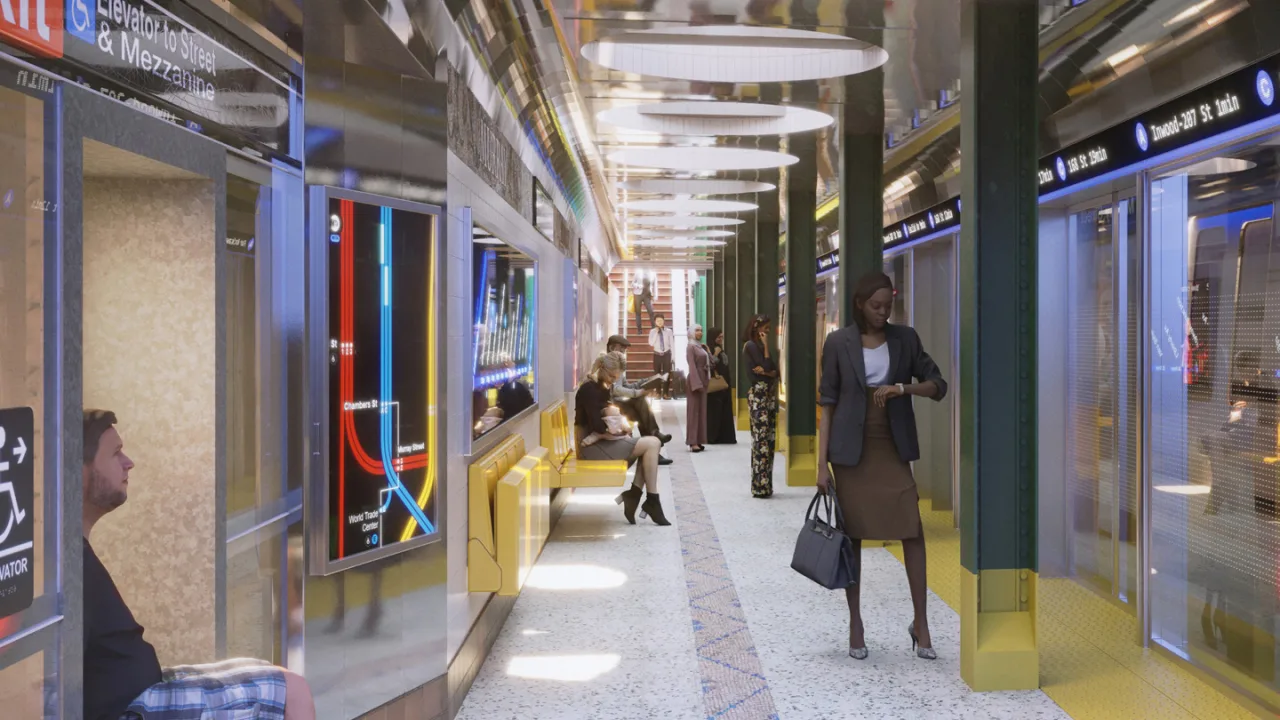
In recent months, the New York City subway system has seen a string of shocking and deadly incidents of violence, including several passengers who have been shoved from the platform into the paths of moving trains. A recent report finds that misdemeanor and felony assaults within the subway system have tripled since 2009. For everyday riders and visitors alike, there is now a lurking fear that their next trip on the subway could be dangerous.
Many, including the governor of New York, are seeking solutions, which range from adding more police presence to increasing surveillance to installing more lighting to combatting fare evasion. But there’s another approach that could go a long way to improving security and safety in the subway system. Through specific and targeted design interventions, the subway system itself could be retrofitted to reduce violent crime.
This is one of the conclusions of What To Do (and Not To Do) About Subway Safety, a new set of policy recommendations from the urban policy journal Vital City. Based on input and research from criminologists, behavioral scientists, transit experts, and policy wonks, the recommendations include focusing on mental health and substance abuse among users of the system, increasing access to social workers, and using police forces more strategically.
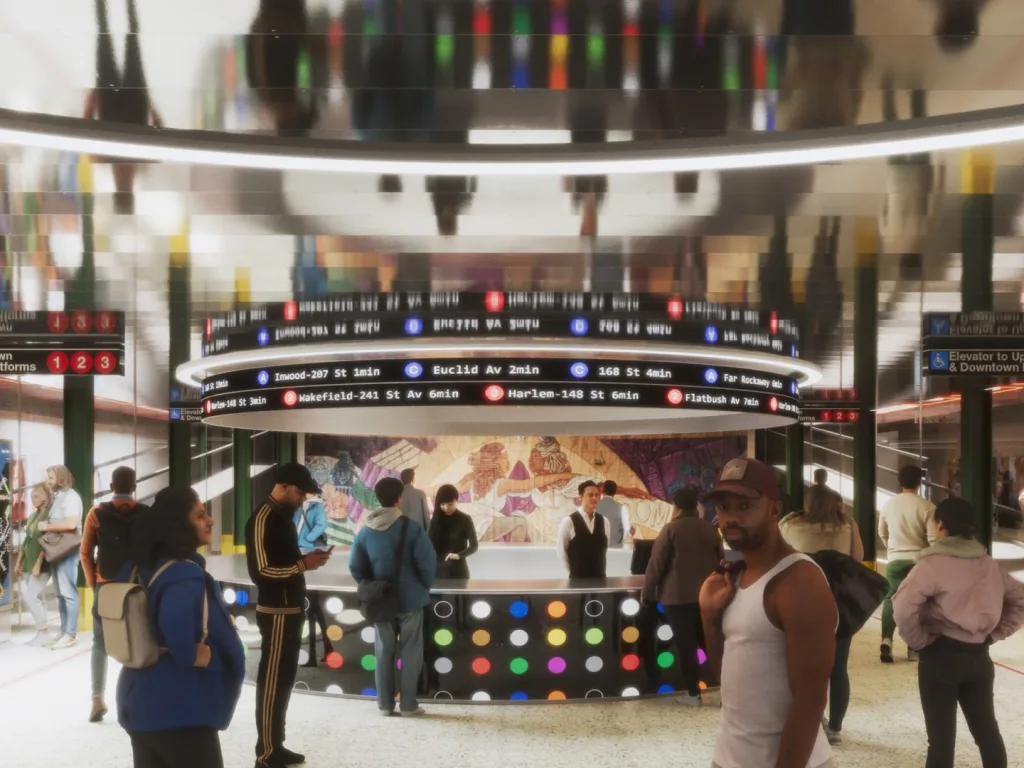
Claire Weisz, cofounder of the architecture and design studio WXY, contributed to the report with ideas for design interventions that could increase a sense of security and comfort for subway riders. These design ideas include improving sight lines within the system’s underground stations, increasing visibility between passengers, and reducing dead ends and other areas that can isolate people. Rather than calling for a wide scale and expensive investment in safety infrastructure like Japanese-style platform barriers, the design ideas proposed here are lower lift interventions.
The standout design idea from Weisz and WXY is the addition of highly reflective surfaces throughout subway stations. Lining ceilings, walls, and even the areas right above the edge of the platform, these shiny surfaces passively increase visibility, spatial awareness, and navigation within the sometimes circuitous underground world of a subway station.

“Mirrors or mirror-like surfaces, which could be stainless steel, in the right places can actually help people see around columns, see down hallways, see around corners, but also get a sense that I’m getting closer towards an exit, or I’m getting farther away, or here’s where a platform is,” Weisz says. “Right now, there isn’t kind of intuitive wayfinding.”
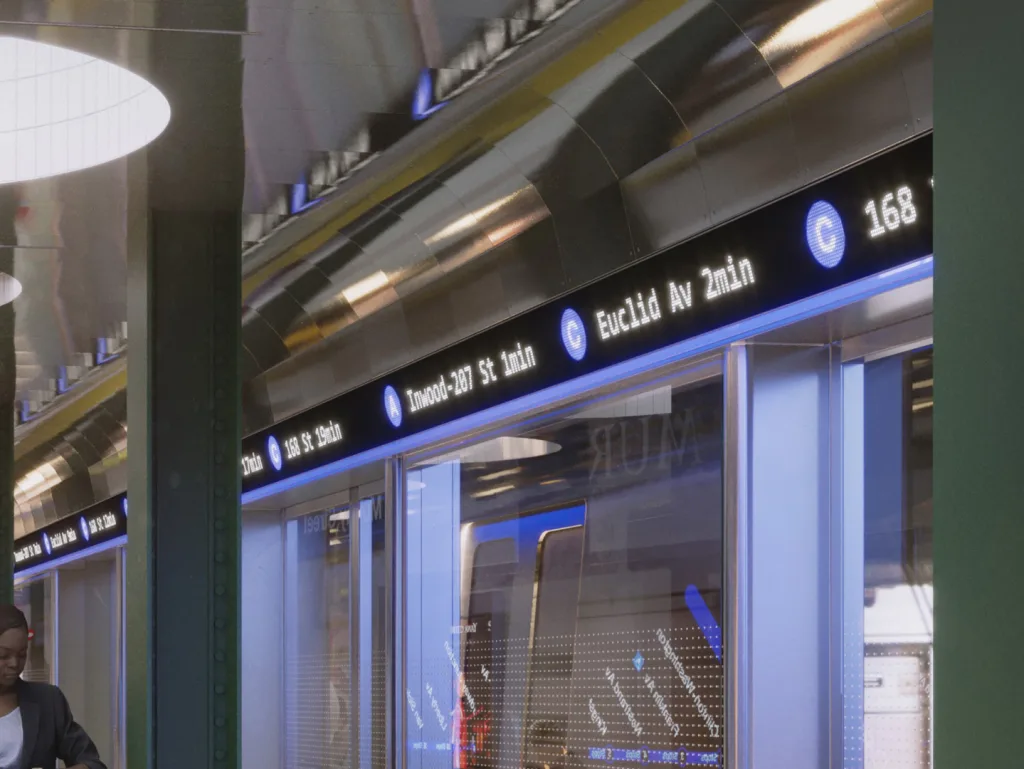
Reflective surfaces can also increase a sense of security. Directly influenced by the violent shoving incidents that have been happening in recent months, the subway design interventions feature a curved reflective surface just overhead of the tracks, called a soffit. This gives people standing and waiting for trains the ability to catch glimpses of their surroundings without having to look behind their backs. “When you’re standing and waiting for the subway, you can see other people,” Weisz says. The soffit also visually tightens the station interior, making it feel more compact. “It closes down the space between the platform and the third rail on the tracks, so that you’re not as open to the whole track.”
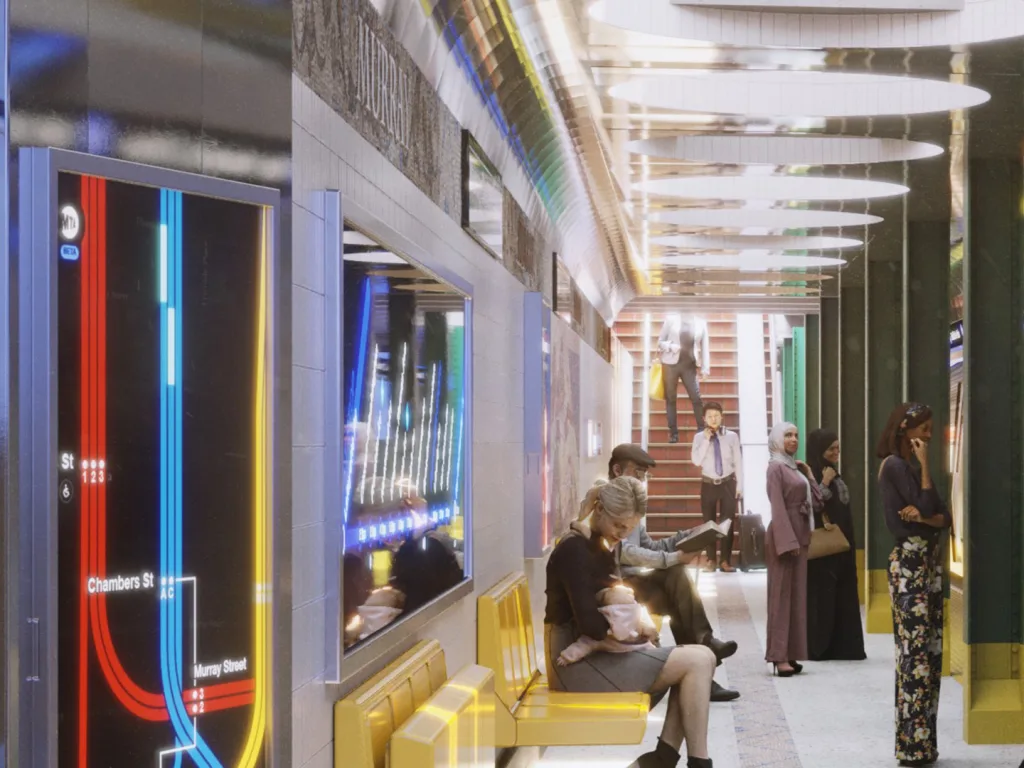
The idea behind these reflective surfaces comes from the world of hotel design, Weisz says. Hotel hallways and elevators are commonly outfitted with mirrors that let people see themselves but also, perhaps subconsciously, understand that they are also going to be seen by others in this public place. It’s a bit of social engineering informed by behavioral science that encourages more self-awareness and courteous behavior. The surfaces become like eyes on the platform.
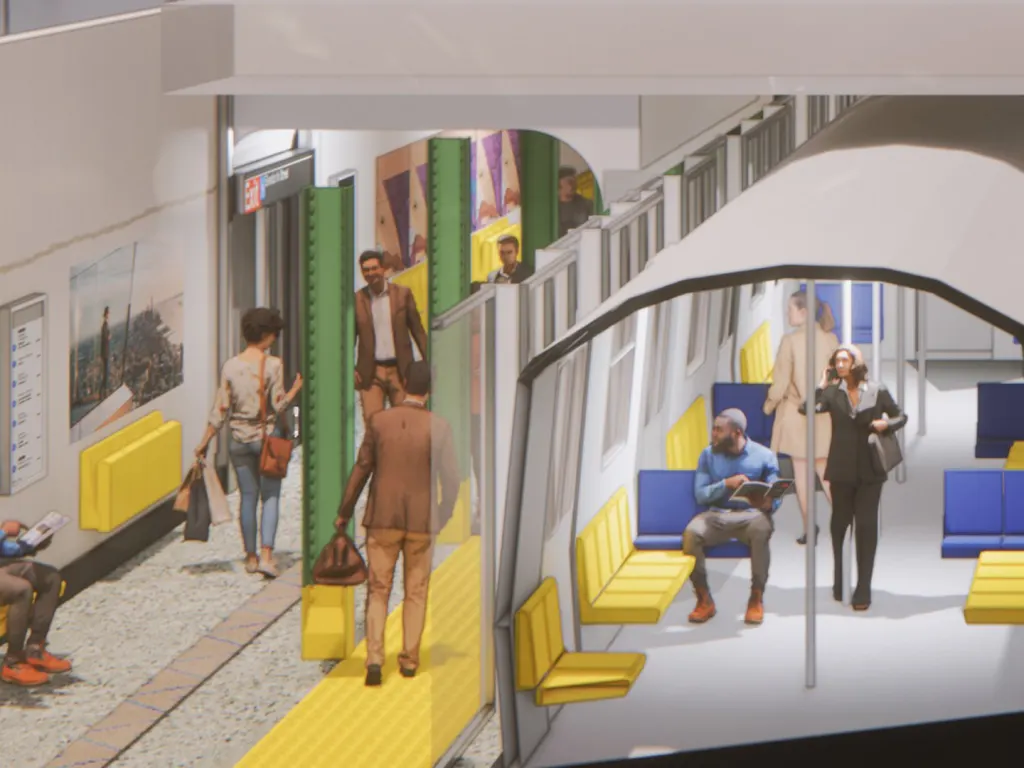
Adding these reflective surfaces could be a form of tactical design, improving conditions in subway stations without the need for a drastic and expensive redesign. But for a transit system with nearly 500 subway stations—and almost every one having a unique design—making widespread improvements will not be easy. “Everything’s expensive, but I do think a couple of pilots in stations that are complex would go a long way,” Weisz says. “My hope is some of these discussions are going to bring money forth from philanthropy or from academia to do a couple of pilots that really get monitored and recorded to find out if this is changing how people feel in these spaces as they move through the subway.”
Weisz acknowledges that while the shoving attacks that have been reported in the subway system are rare, they’ve created outsized impacts on riders’ perceptions of safety within subway stations. To maintain the system’s essential role in the functioning of the city, she argues, those perceptions of safety must be improved. “Good design allows people to behave in a way that optimizes the use of public space in the system,” she says.









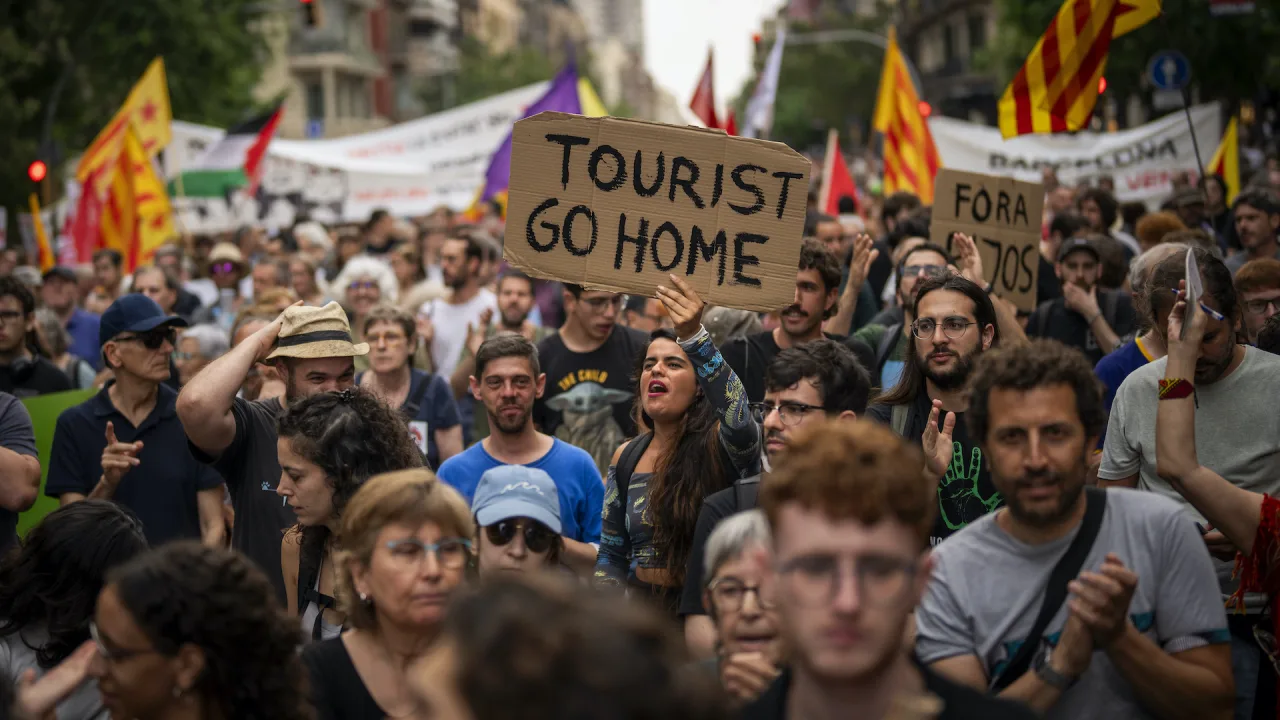
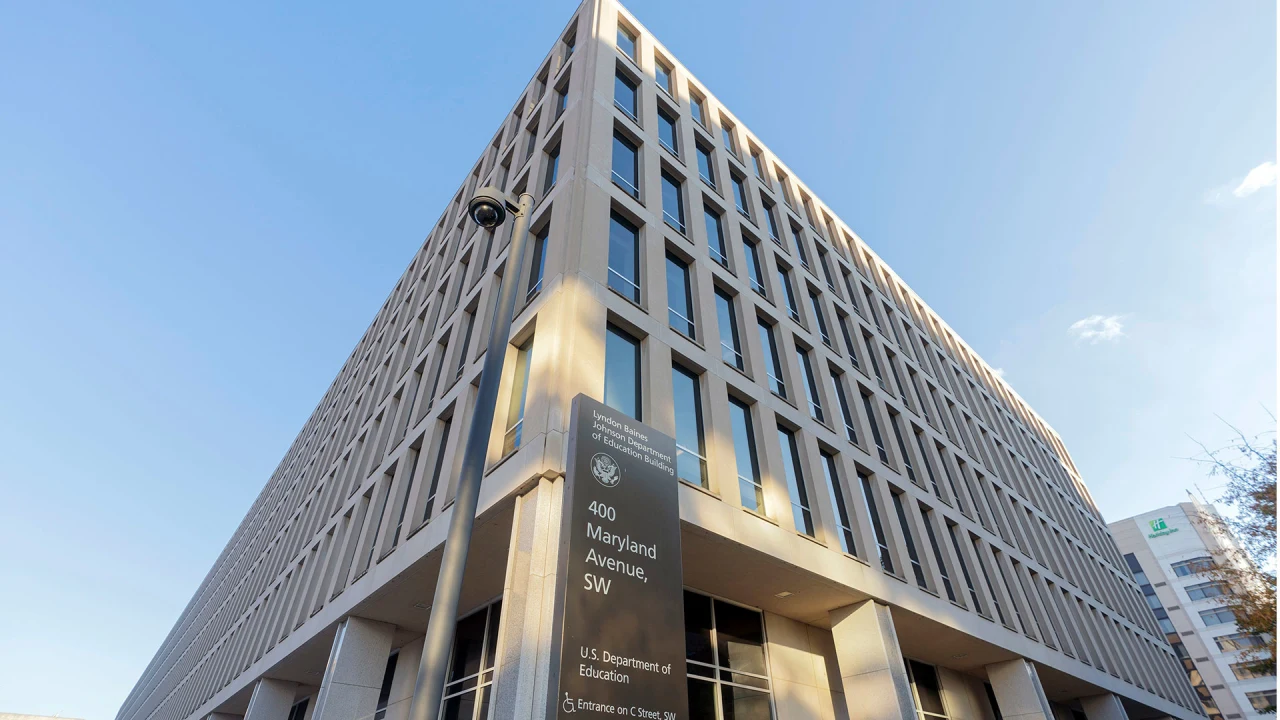





























































































![Building A Digital PR Strategy: 10 Essential Steps for Beginners [With Examples]](https://buzzsumo.com/wp-content/uploads/2023/09/Building-A-Digital-PR-Strategy-10-Essential-Steps-for-Beginners-With-Examples-bblog-masthead.jpg)














![How to Use GA4 to Track Social Media Traffic: 6 Questions, Answers and Insights [VIDEO]](https://www.orbitmedia.com/wp-content/uploads/2023/06/ab-testing.png)







![Technical Sourcer [United Kingdom] at Olo](
https://nodesk.co/remote-companies/assets/logos/olo.e9c56827507b669046f71750846f8032542be84192a2248413f8421b2e5a2769.jpg
)




















